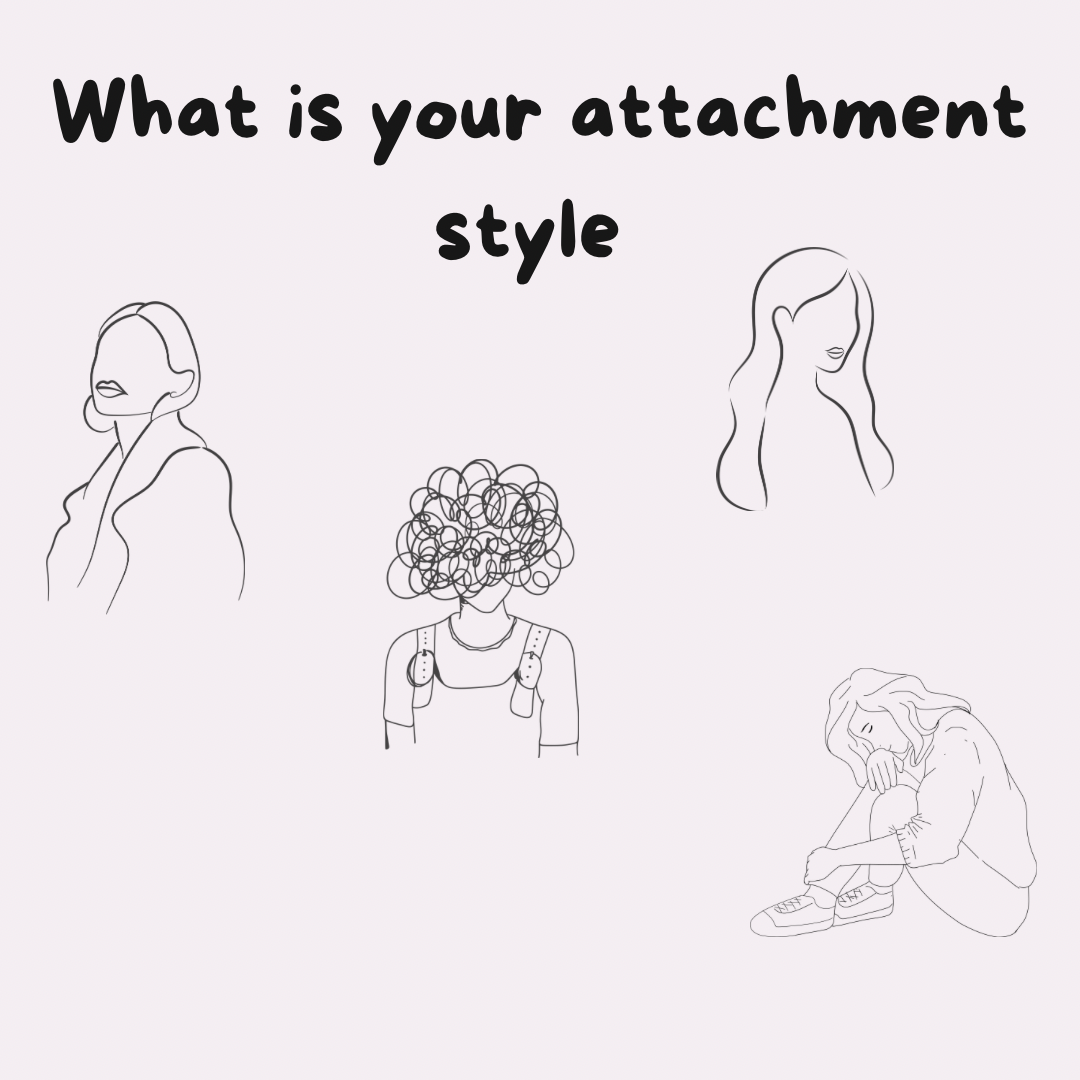Attachment Styles

Attachment style refers to the way we connect and bond with others, especially in close relationships. It is influenced by our early experiences with caregivers and continues to shape our relationships throughout our lives.
Understanding your attachment style can provide valuable insights into your behaviors, emotions and patterns in relationships.
Our attachment style influences how we communicate, handle conflicts and form connections with others. Understanding your attachment style can help you recognize recurring patterns in your relationships and work towards developing healthier dynamics. By cultivating self-awareness and practicing effective communication skills, you can build more secure and fulfilling relationships.
Secure Attachment Style
People with a secure attachment style are comfortable with both intimacy and independence. They have a positive view of themselves and others and they value open communication and emotional support.
- Comfortable with intimacy and independence
- Able to communicate needs and boundaries effectively
- Trusting and reliable in relationships
- Comfortable with emotional expression and vulnerability
- Can handle conflict in a healthy way
- Values interdependence in relationships
- Has positive self-esteem and self-worth
- Feels secure and confident in relationships
- Views relationships as supportive and fulfilling
- Can adapt to changes and challenges in relationships
Building trust: Foster trust by being reliable, consistent and responsive to your partner's needs.
Effective communication: Encourage open and honest conversations, actively listen and validate your partner's emotions.
Emotional support: Offer empathy, understanding and reassurance during challenging times.
Balancing independence and togetherness: Maintain a healthy balance between personal space and shared activities.
Anxious-Preoccupied Attachment Style
Individuals with an anxious-preoccupied attachment style often seek closeness and fear rejection. They may worry about their partner's commitment and constantly seek reassurance.
Constantly seeking reassurance and validation from others
Fearful of rejection or abandonment in relationships
Tends to be overly dependent on others for emotional support
Often feels anxious or worried about the relationship
Has a tendency to be clingy or possessive
Experiences intense emotions in relationships
Struggles with trust and insecurity
May have a fear of being alone or abandoned
Can be overly sensitive to perceived threats to the relationship
Has a tendency to overanalyze and overthink interactions with others
Self-awareness: Recognize your anxious tendencies and understand that they stem from past experiences.
Effective communication: Express your needs and concerns openly and honestly, but avoid excessive reassurance-seeking.
Building self-esteem: Focus on self-care, personal growth, and developing a strong sense of self-worth.
Establishing boundaries: Learn to set healthy boundaries and communicate them to your partner.
Dismissive-Avoidant Attachment
People with a dismissive-avoidant attachment style tend to value independence and may struggle with emotional intimacy. They often downplay the importance of relationships and may avoid commitment.
Prefers independence and autonomy in relationships
Avoids emotional intimacy or vulnerability
Dismisses or minimizes the importance of relationships
Tends to prioritize self-reliance over connection with others
Has difficulty expressing emotions or needs
Values personal space and boundaries
Can be emotionally distant or detached in relationships
Avoids conflict or emotional discussions
May have a fear of commitment or getting too close to others
Prefers to keep relationships casual or surface-level
Self-reflection: Understand the reasons behind your avoidance and explore any fears of vulnerability.
Emotional awareness: Practice recognizing and expressing your emotions, even if it feels uncomfortable.
Gradual intimacy: Take small steps towards emotional closeness, allowing yourself to gradually open up.
Seeking support: Consider therapy or counseling to explore and address underlying attachment-related issues.
Fearful-Avoidant Attachment Style
Individuals with a fearful-avoidant attachment style may have conflicting desires for both closeness and independence. They often experience fear and anxiety in relationships, resulting in a push-pull dynamic.
Has a fear of both intimacy and abandonment in relationships
Can be hot and cold in relationships, pushing others away and then seeking closeness
Struggels with trust and vulnerability
Has a fear of getting hurt in relationships
Tends to have a negative view of both self and others
Can be emotionally unpredictable or inconsistent
May have difficulty forming or maintaining close relationships
Has a tendency to self-sabotage relationships
Feels overwhelmed by conflicting desires for closeness and independence
Can be sensitive to perceived rejection or criticism
Self-compassion: Be gentle with yourself and acknowledge that your fears and anxieties are valid.
Building trust: Gradually develop trust in your partner by taking small risks and observing their consistent support.
Emotional regulation: Practice self-soothing techniques to manage anxiety and fear when triggered.
Seek professional help: Consider therapy to address any unresolved trauma or underlying issues.
By understanding the impact of attachment on our interactions with others, we can cultivate healthier and more fulfilling relationships. Whether you identify with a secure attachment style or recognize aspects of anxious, there is always room for growth and self-improvement in building strong and meaningful connections with others.